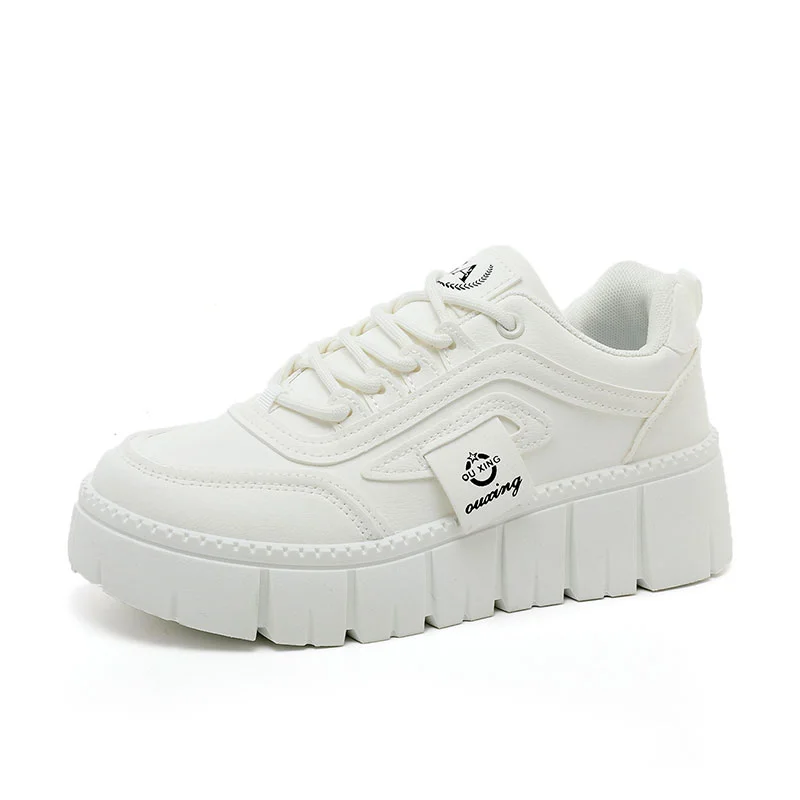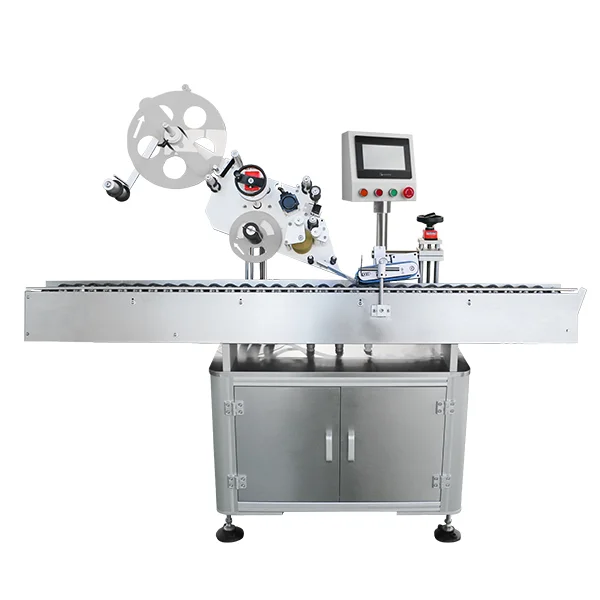When it comes to workout clothes, the right material can make a significant difference in your performance, comfort, and overall workout experience. With a plethora of options available, understanding the properties of various fabrics is essential for making informed choices. This guide delves into the best materials for workout clothes, exploring their benefits, drawbacks, and ideal use cases.
- Understanding the Importance of Fabric Choice
The fabric you choose for your workout attire can impact several factors, including moisture management, breathability, durability, and comfort. The right material can help regulate body temperature, wick away sweat, and provide the necessary support during physical activities. Conversely, the wrong fabric can lead to chafing, overheating, and discomfort, ultimately hindering your performance.
- Key Materials for Workout Clothes
2.1. Polyester
Properties: Polyester is a synthetic fabric known for its durability and moisture-wicking capabilities. It dries quickly and retains its shape well, making it a popular choice for activewear.
Benefits: The moisture-wicking properties of polyester help keep you dry during intense workouts. Additionally, it is lightweight and breathable, making it suitable for various activities, from running to yoga.
Drawbacks: While polyester is effective at moisture management, it may not be as breathable as natural fibers, which can lead to overheating in extremely hot conditions.
Ideal Use Cases: Polyester is ideal for high-intensity workouts, outdoor activities, and team sports.
2.2. Nylon
Properties: Nylon is another synthetic fabric that is known for its strength and elasticity. It is often blended with other materials to enhance performance.
Benefits: Nylon is highly resistant to abrasion, making it an excellent choice for activities that involve a lot of movement. It also has good moisture-wicking properties and dries quickly.
Drawbacks: Similar to polyester, nylon can trap heat, which may not be ideal for prolonged use in hot weather.
Ideal Use Cases: Nylon is perfect for activities like cycling, hiking, and any sport that requires flexibility and durability.
2.3. Spandex (Lycra)
Properties: Spandex, also known as Lycra or elastane, is a synthetic fiber known for its exceptional elasticity. It is often blended with other materials to provide stretch and support.
Benefits: The stretchability of spandex allows for a full range of motion, making it ideal for activities that require flexibility, such as yoga and pilates. It also helps garments maintain their shape over time.
Drawbacks: Spandex alone does not wick moisture effectively, so it is usually blended with other fabrics for optimal performance.
Ideal Use Cases: Spandex is best used in fitted workout clothes, such as leggings, sports bras, and compression garments.
2.4. Merino Wool
Properties: Merino wool is a natural fiber known for its softness, breathability, and temperature-regulating properties.
Benefits: Unlike traditional wool, merino wool is fine and soft against the skin. It effectively wicks moisture away and can regulate body temperature, keeping you warm in cold conditions and cool in warm conditions.
Drawbacks: Merino wool can be more expensive than synthetic options and may require special care when washing.
Ideal Use Cases: Merino wool is excellent for outdoor activities, such as hiking and skiing, where temperature regulation is crucial.
2.5. Bamboo
Properties: Bamboo fabric is derived from the pulp of the bamboo plant and is known for its softness and eco-friendliness.
Benefits: Bamboo is naturally moisture-wicking and has antibacterial properties, making it a great choice for workout clothes. It is also biodegradable, appealing to environmentally conscious consumers.
Drawbacks: Bamboo fabric can be less durable than synthetic options and may wear out faster with frequent use.
Ideal Use Cases: Bamboo is suitable for low to moderate-intensity workouts, such as yoga or casual gym sessions.
- Choosing the Right Material for Your Workout
When selecting workout clothes, consider the following factors:
- Type of Activity: Different activities require different materials. High-intensity workouts benefit from moisture-wicking and durable fabrics, while low-impact activities may prioritize comfort and breathability.
- Weather Conditions: For outdoor workouts, consider the climate. Lightweight, breathable fabrics are ideal for hot weather, while insulating materials like merino wool are better for colder conditions.
- Personal Preference: Comfort is subjective. Some individuals prefer the feel of natural fibers, while others may favor the performance of synthetic materials. Try different fabrics to find what works best for you.
- Conclusion
Choosing the best material for workout clothes is crucial for enhancing your performance and ensuring comfort during exercise. By understanding the properties and benefits of various fabrics, you can make informed decisions that align with your workout needs and preferences. Whether you opt for the moisture-wicking capabilities of polyester, the durability of nylon, or the comfort of merino wool, the right material can elevate your workout experience to new heights. Invest in quality workout clothes that suit your lifestyle, and you'll be well on your way to achieving your fitness goals.



